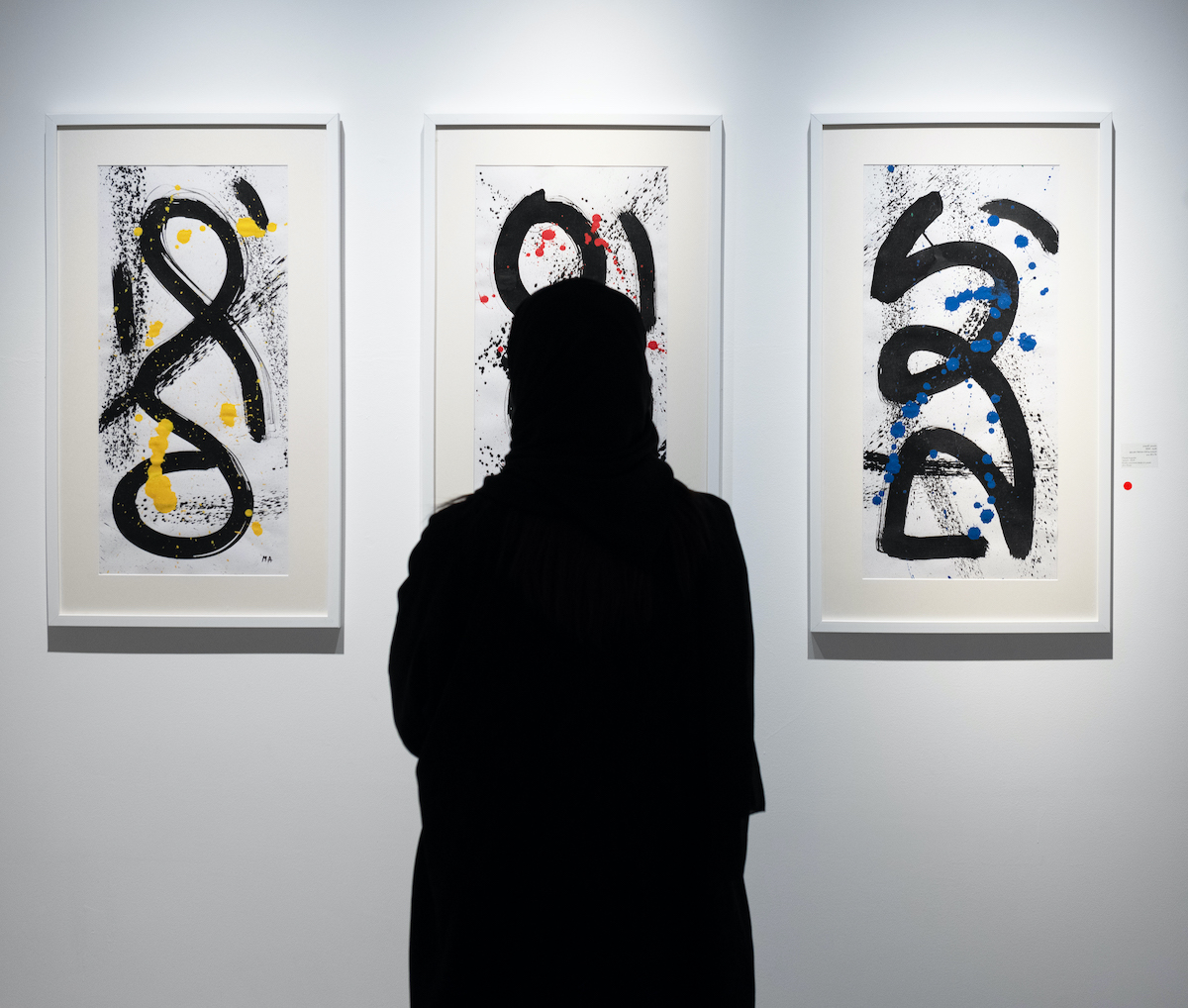Art has a unique ability to evoke emotions, both in those who create it and those who contemplate it. From joy or euphoria to melancholy, calm, or awe, every piece of art invites us to experience feelings that resonate deeply within our humanity. But what allows a work of art to establish this emotional connection?
Art as a universal language
Art, especially abstract art, communicates beyond words. Its forms, colors, and textures have the power to touch inner chords that require no translation. A viewer may feel drawn to a painting without understanding why; they simply know that something within them has shifted. That is the magic of art: it speaks to our intuition and emotions in a way no other form of expression can match.
My vision as an artist
As an abstract painter, I see art as a bridge between my inner world and that of the viewer. When creating a piece, I let my emotions flow without trying to control or explain them. It’s an almost therapeutic process, where each stroke responds to what I’m feeling at that moment. However, once the work is complete and displayed, it no longer belongs entirely to me. It is now the viewer who brings it to life, interpreting it through their own perspective and experience.
The connection between creator and observer
The connection between the artist and the viewer is a silent dialogue. For instance, a piece filled with warm tones might convey a sense of comforting embrace to some, while others might perceive it as a cry of passion or energy. This diversity of emotions is what makes art so powerful and, at the same time, so personal.
Whenever I exhibit my work, I’m struck by the interpretations shared by visitors. A painting that, to me, represents nostalgia, for example, might be described by others as a symbol of hope. This difference not only enriches me as an artist but also reinforces my belief that art is a mirror reflecting the emotions of its observer.
Art and emotional memory
Art also has the ability to awaken memories or dormant sensations. A color can transport you to a specific moment in your life, a stroke can remind you of the texture of something you love, and a composition can resonate with stories you thought were forgotten. This evocative power is what makes art a deeply emotional and unique experience for every person.
An invitation to feel
Whether you create or contemplate art, allow yourself to feel without judgment. Don’t overanalyze what you see or do; simply let the piece speak to you. Art doesn’t need to be understood to be enjoyed.
As an artist, my greatest reward is knowing that my work has provoked an emotional reaction, whatever it may be. Because, at the end of the day, that’s what art is: a way to remind ourselves that we are alive and that we feel.


